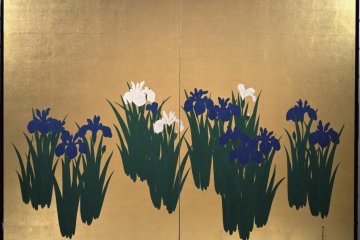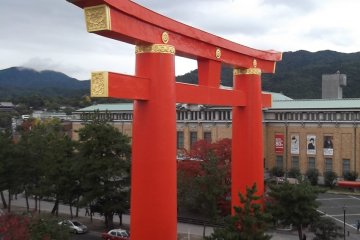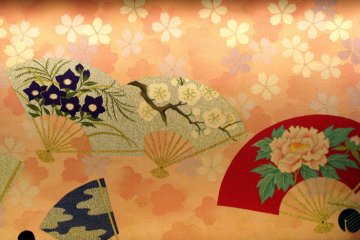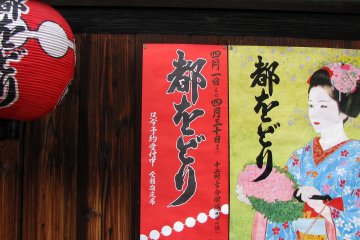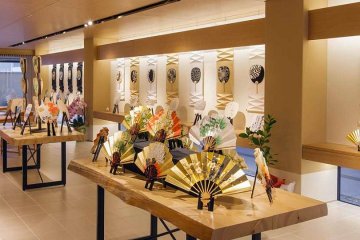It is believed that the fan came to Japan from China. In the 6-7th centuries silk and paper fans became very popular. Initially, they were imported from China, but gradually acquired new forms, eventually transforming into the two basic Japanese fans known as uchiwa and sensu.
The bamboo fan
The uchiwa is a fan in the form of a wide petal. They was once made from thin bamboo twigs, of traditionally 45, 64 or 80 pieces. From these twigs, a base was created, to which the washi Japanese paper was attached, and then painted on both sides. The subjects of the drawings differed depending on the traditions of the region. The shape of the uchiwa also varied - an oval, a square with rounded corners or even a circle. Handles were usually made from a single piece of wood. These days, simple uchiwa are made from paper and plastic.

The combat fan
The uchiwa became the prototype of the gumbai combat fan, which means "commander's fan" and served to transmit orders and signals on the battlefield. Gumbai were made entirely of varnished wood or metal. On one side was a red circle on a yellow background, symblosing the sun while on the other side, a yellow circle with a red background. Gumbai was considered weapons and often used in battle.
The folding fan
In the 8th century, the sensu fan became quite popular. The sensu consists of several plates that can be folded and unfolded. This also became a combat fan known as the tessen, carried by both high-ranking military leaders and samurai. The technique of using the tessen was so diverse that over time it became a separate martial art called tessen-jutsu. It could be used to strike blows on the head and throat with sharpened edges. If not used for combat, sensu could be made from valuable wood species (sandalwood, Japanese cedar, bamboo) and pasted with Japanese parchment.
The common fan
Fans gained popularity among actors, geisha, sumo wrestlers and the middle-class. In the 7th century, sensu became an integral accessory for court ladies. Ladies believed that exposing their faces was indecent and even dangerous. An open face made a woman defenseless, it was believed, facing both men and evil spirits. It was also considered indecent to have tanned skin. One of the signs of a 'real' beauty was white skin. Thus, the fan had three functions: to shield from sun, to cool and to hide a face.
The artistic fan
Over time, one more type of fan appeared - oogi, or a 'solar fan'. It was very light and resembled a part of the solar disk with radiating rays. Oogi are still used by dancers and geisha. In classical Noh theater, each character has a fan specific them that helps to accentuate the character's role in the story.

Fans are also used in ritual dances performed at Shinto shrines; the movements of the fan from a person drive away evil spirits, and the movements of the fan towards a person evoke the deity. Fans are an indispensable attribute of the tengu deity. Legends say that with the help his fan, tengu can lengthen and shorten people's noses.

The Japanese fan is not only a functional object, but also a piece of art, a beautiful example of Japanese heritage, history and culture.



